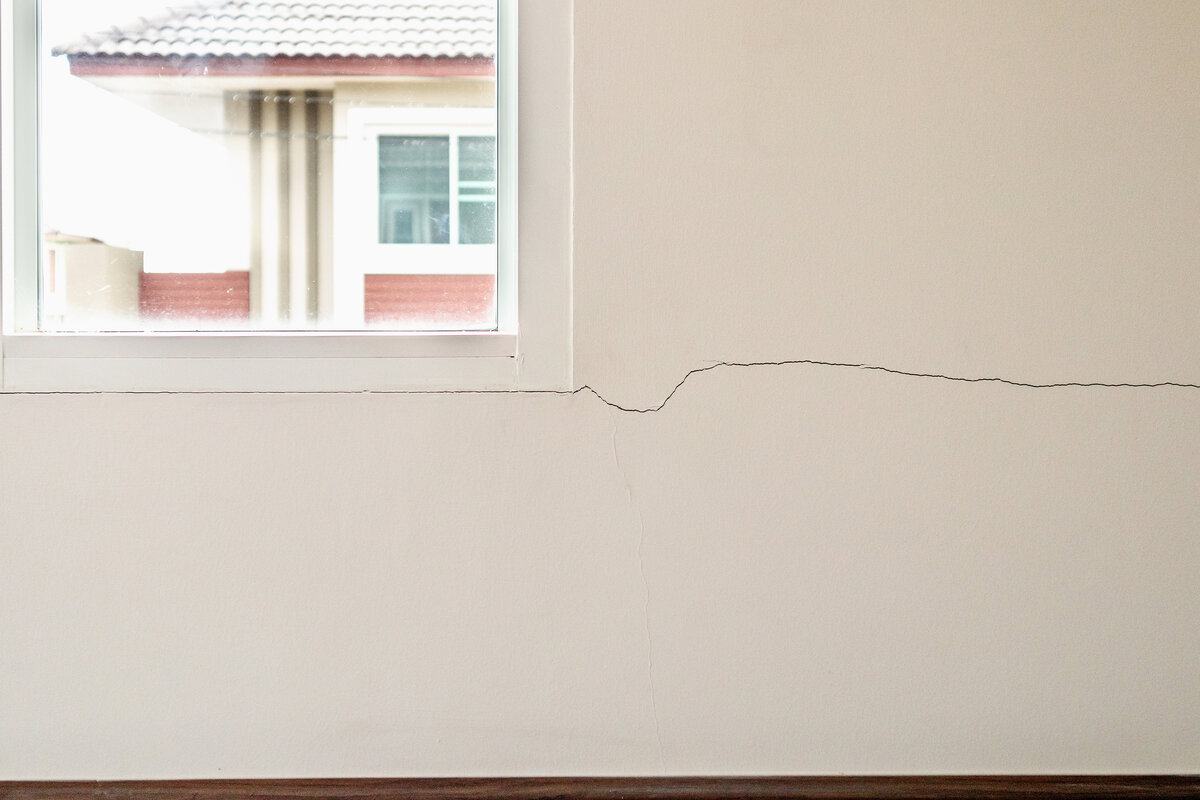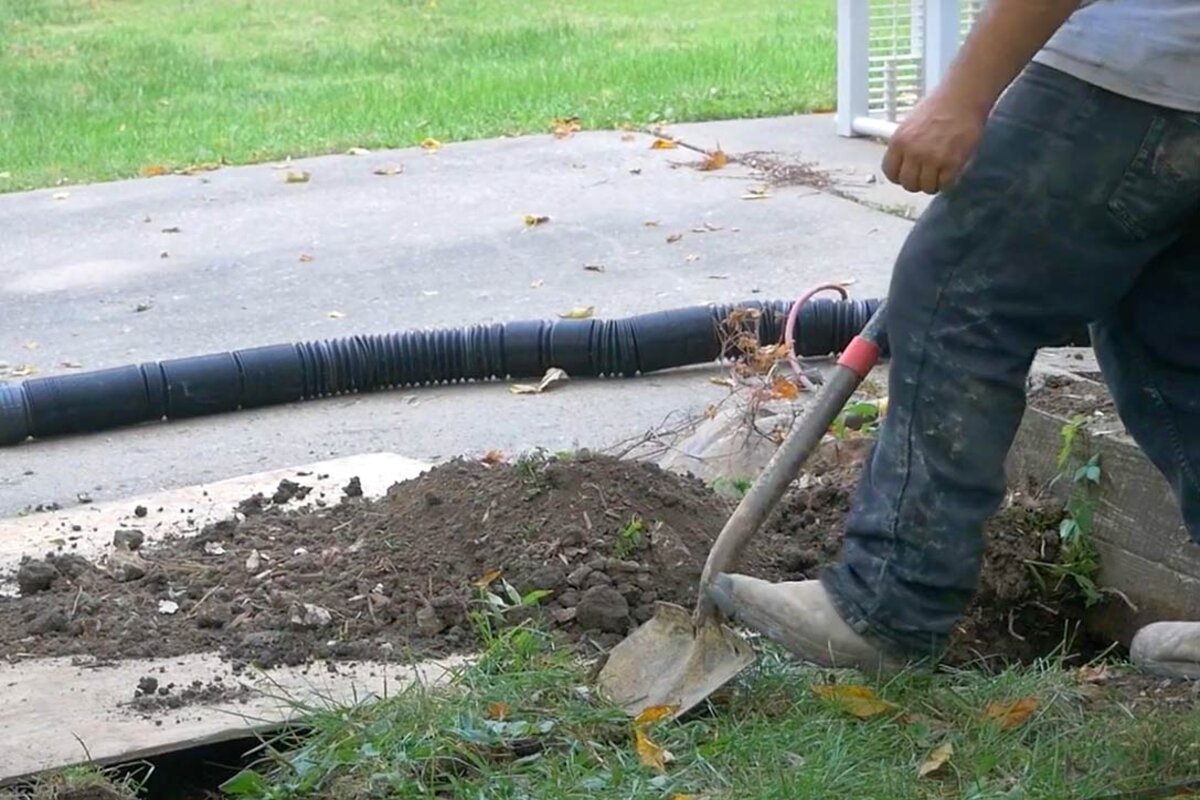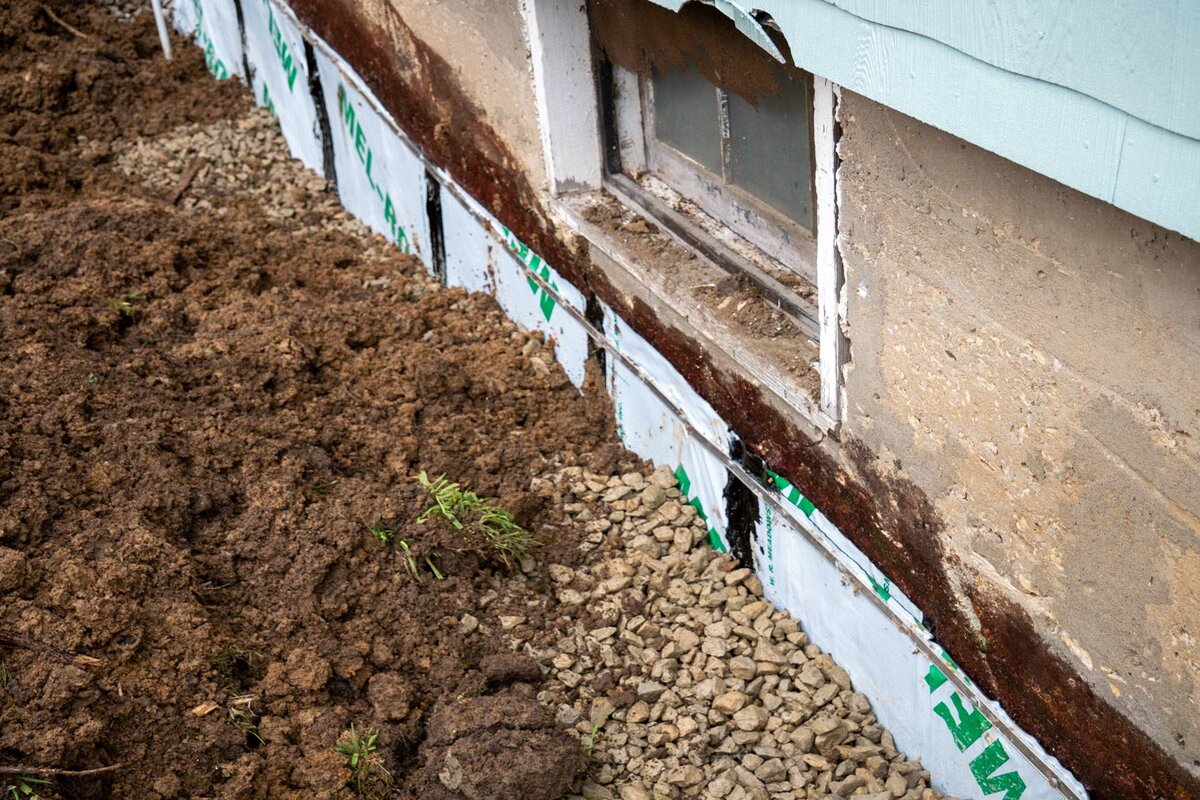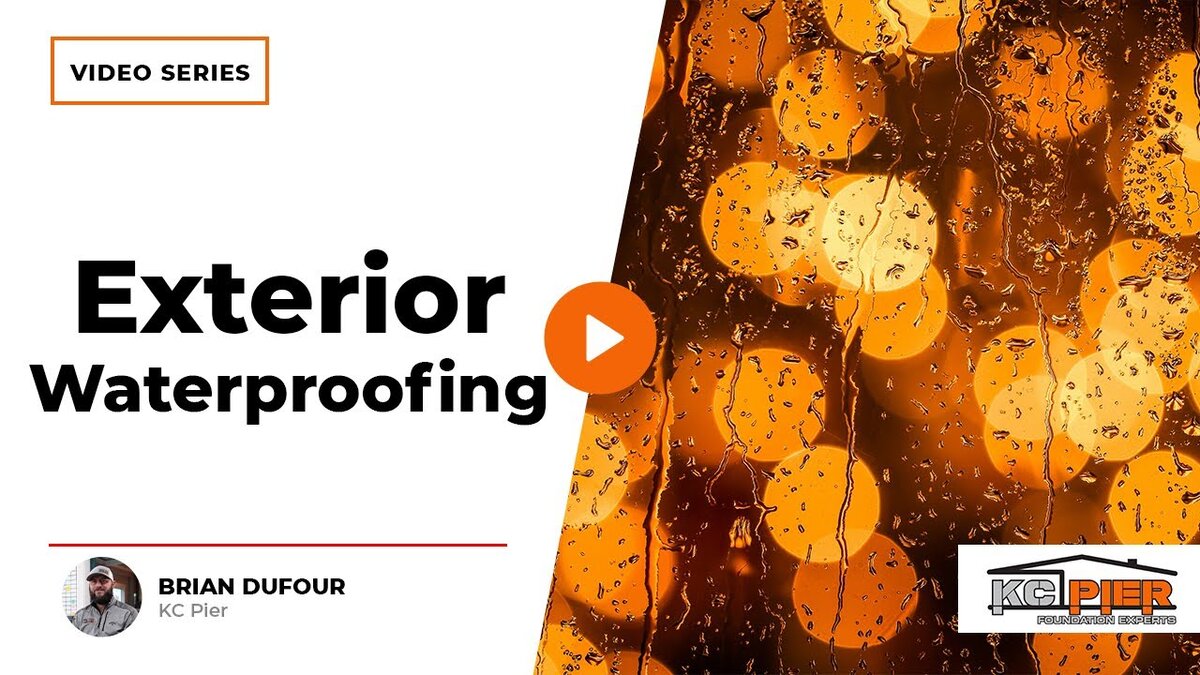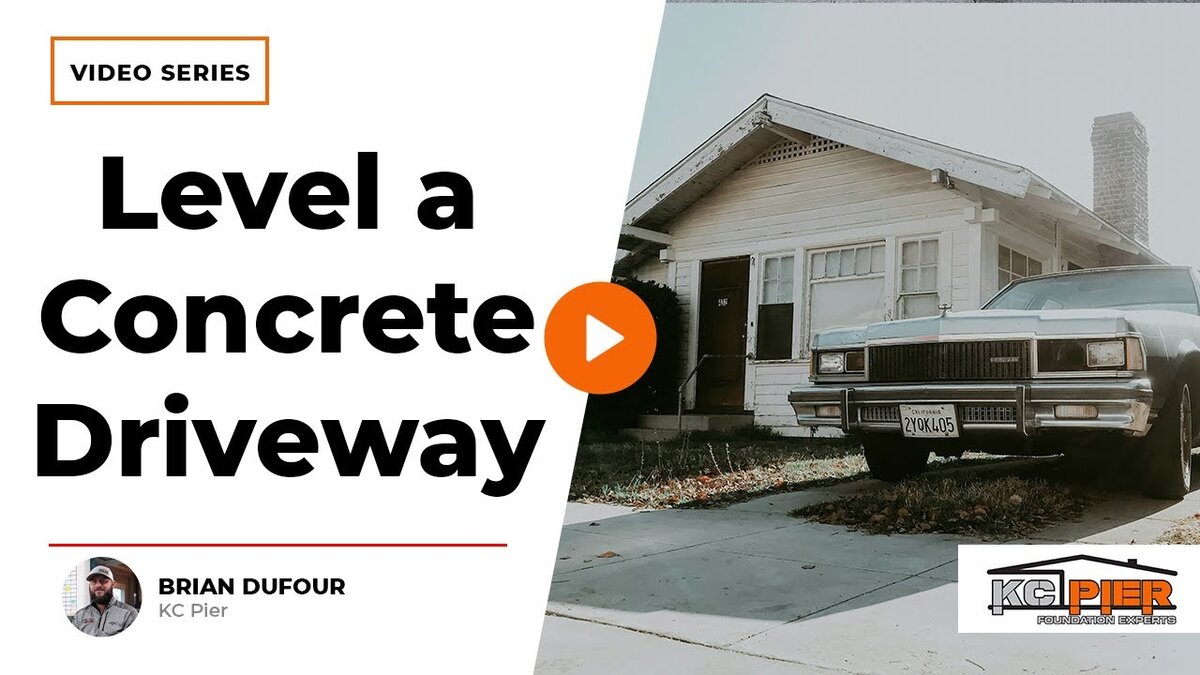When it comes to structural repairs in Kansas City, the majority of the peers used tend to be steel piers. However, every once in a while, you’ll come across concrete piers as an alternative option. In this article, we will explore the pros and cons of concrete piers for structural repairs in the Kansas City area.
Steel versus Concrete Piers
Concrete piers differ significantly from steel piers. Unlike steel piers that are often drilled into the ground and anchored on bedrock, concrete piers are placed at varying widths and depths to support the load without reaching the bedrock. This means that concrete piers are not as deeply embedded as steel piers.
When are Concrete Piers Used?
Concrete piers are commonly found in commercial applications, such as supporting concrete garages, buildings, and other structures. In these scenarios, concrete piers are engineered specifically for their intended purpose. However, in residential settings, you don’t typically encounter concrete piers unless you need to support specific structures, like decks, porches, or canopies.
Affordability of Concrete Piers
One of the significant advantages of opting for concrete piers is their affordability. Concrete, as a material, is relatively cheap when compared to steel. Additionally, the installation process for concrete piers is less demanding than that of steel piers. Machinery can be used, and manual labor requirements are minimal. This cost-effective approach makes concrete piers an attractive option for those on a budget.
Pros of Concrete Piers
1. Cost-Effective
Concrete piers are budget-friendly, making them a suitable choice for homeowners looking to save on repair expenses. The lower material and labor costs make them an attractive option.
2. Versatility
Concrete piers can be used in various residential applications, such as supporting decks, porches, or other lightweight structures. Their versatility allows for a wide range of repair options.
3. Ease of Installation
The installation process for concrete piers is less complex compared to steel piers. Machinery and manual labor can be employed to set them up efficiently.
Cons of Concrete Piers
1. Limited Depth
One of the significant drawbacks of concrete piers is their limited depth. They do not anchor to bedrock like steel piers, which can be a concern in areas prone to soil shifting or settling.
2. Lack of Lifetime Warranty
If you are seeking a lifetime warranty for your structural repair, concrete piers may not be the ideal choice. Unlike steel piers designed for long-lasting support, concrete piers do not typically come with a lifetime warranty.
Conclusion: Pros and Cons of Concrete Piers
In conclusion, concrete piers offer affordability and versatility for residential structural repairs in Kansas City. They are a cost-effective solution for supporting lightweight structures like decks and porches. However, it’s crucial to consider their limitations, such as limited depth and the absence of a lifetime warranty.
If you prioritize a repair solution that offers long-term support and peace of mind, steel piers might be a more suitable option. They are designed to anchor securely to bedrock and often come with a lifetime warranty.
In the end, the choice between concrete and steel piers depends on your specific needs, budget, and the type of structure you need to support. For further guidance and professional advice on which option is best for your situation, don’t hesitate to contact us. We are here to help you make an informed decision for your structural repair project in Kansas City.


